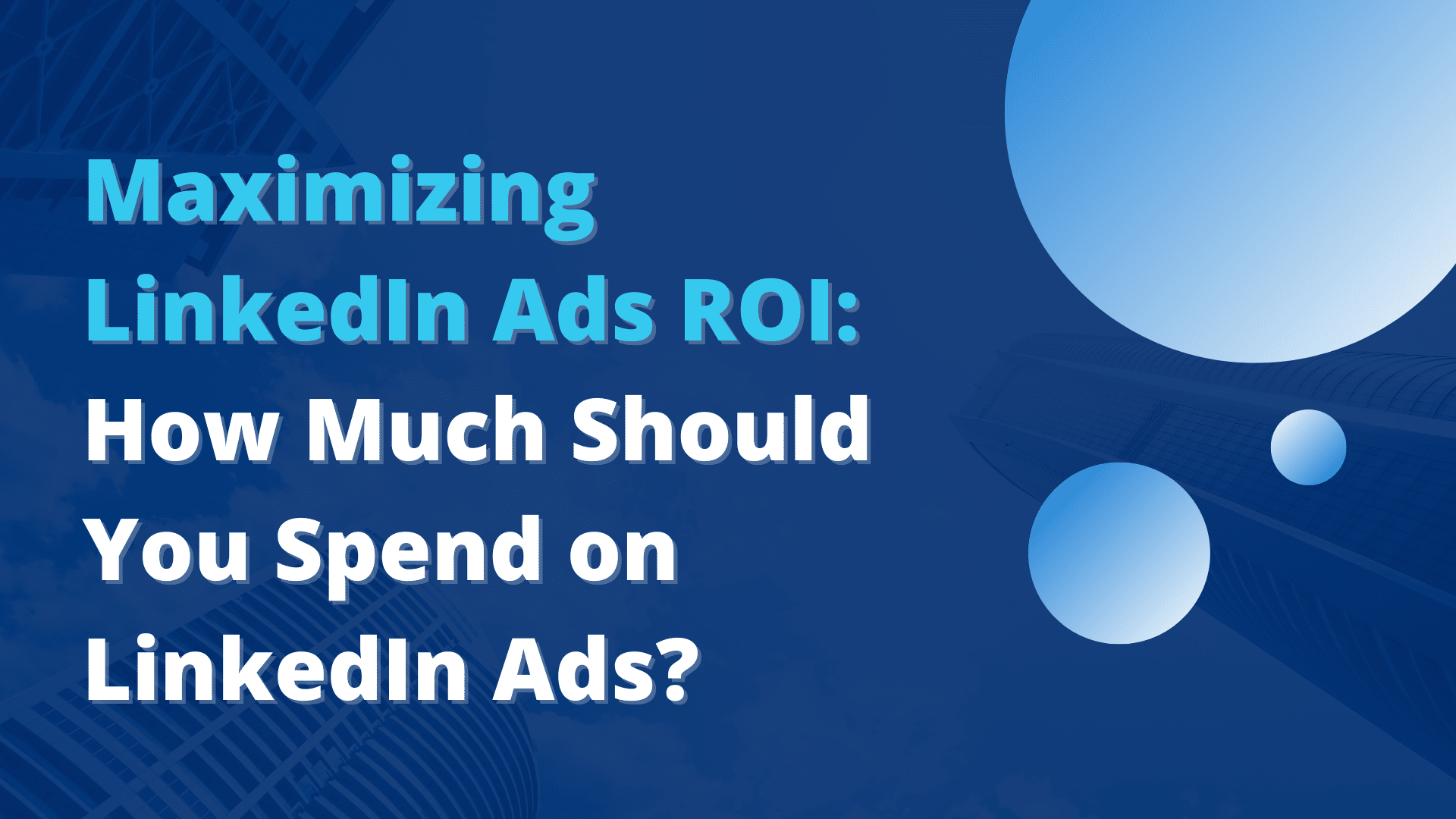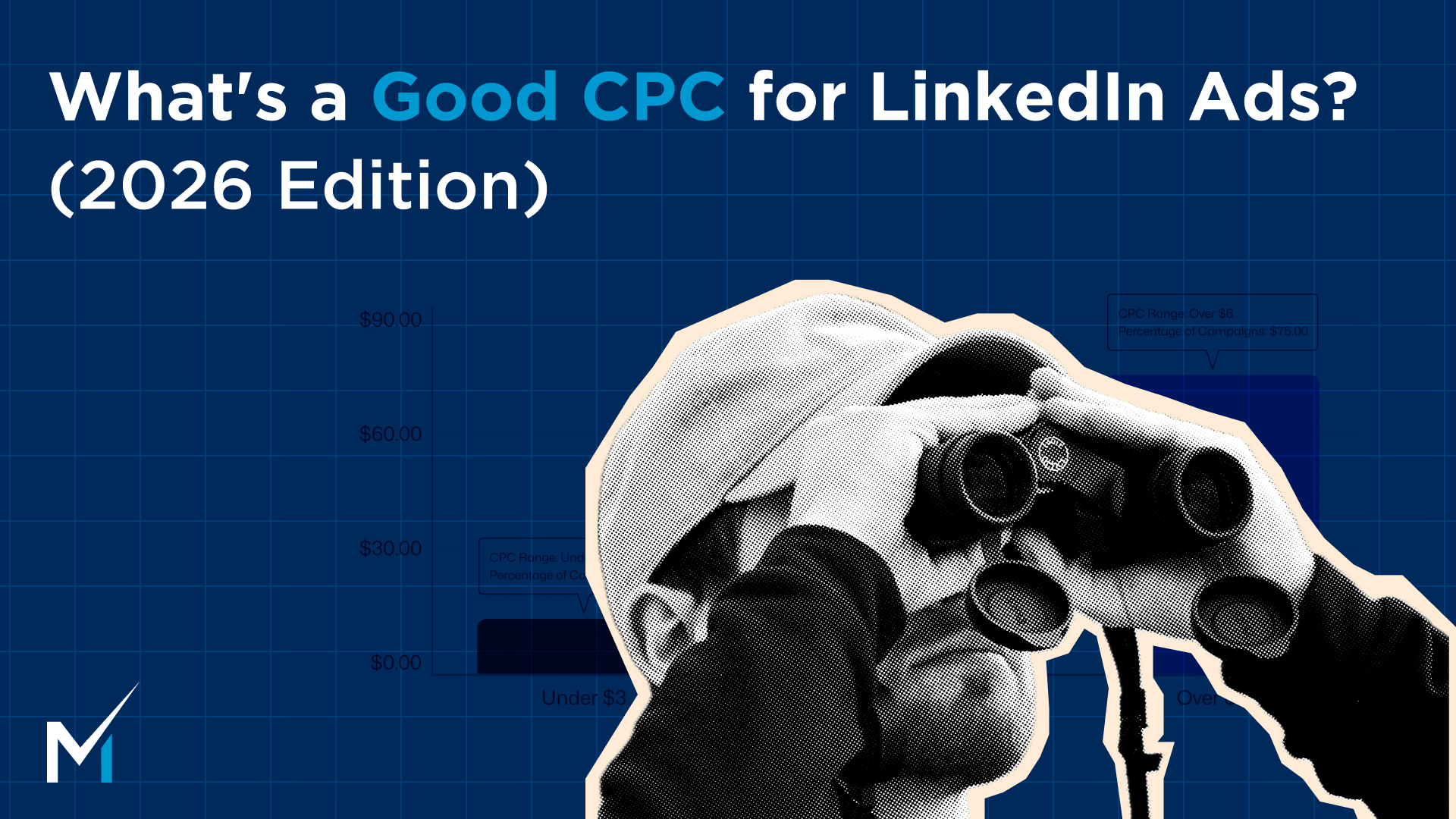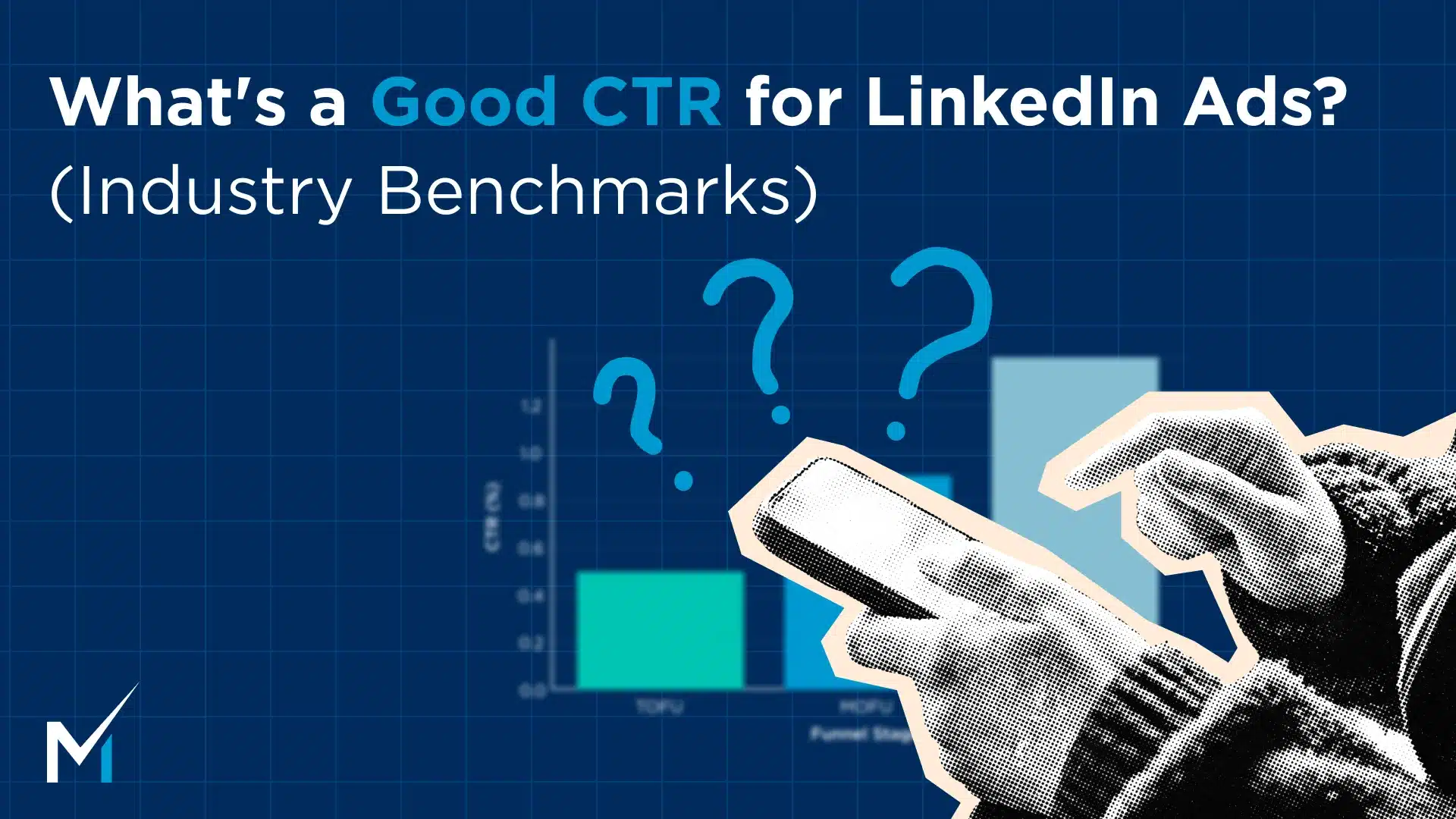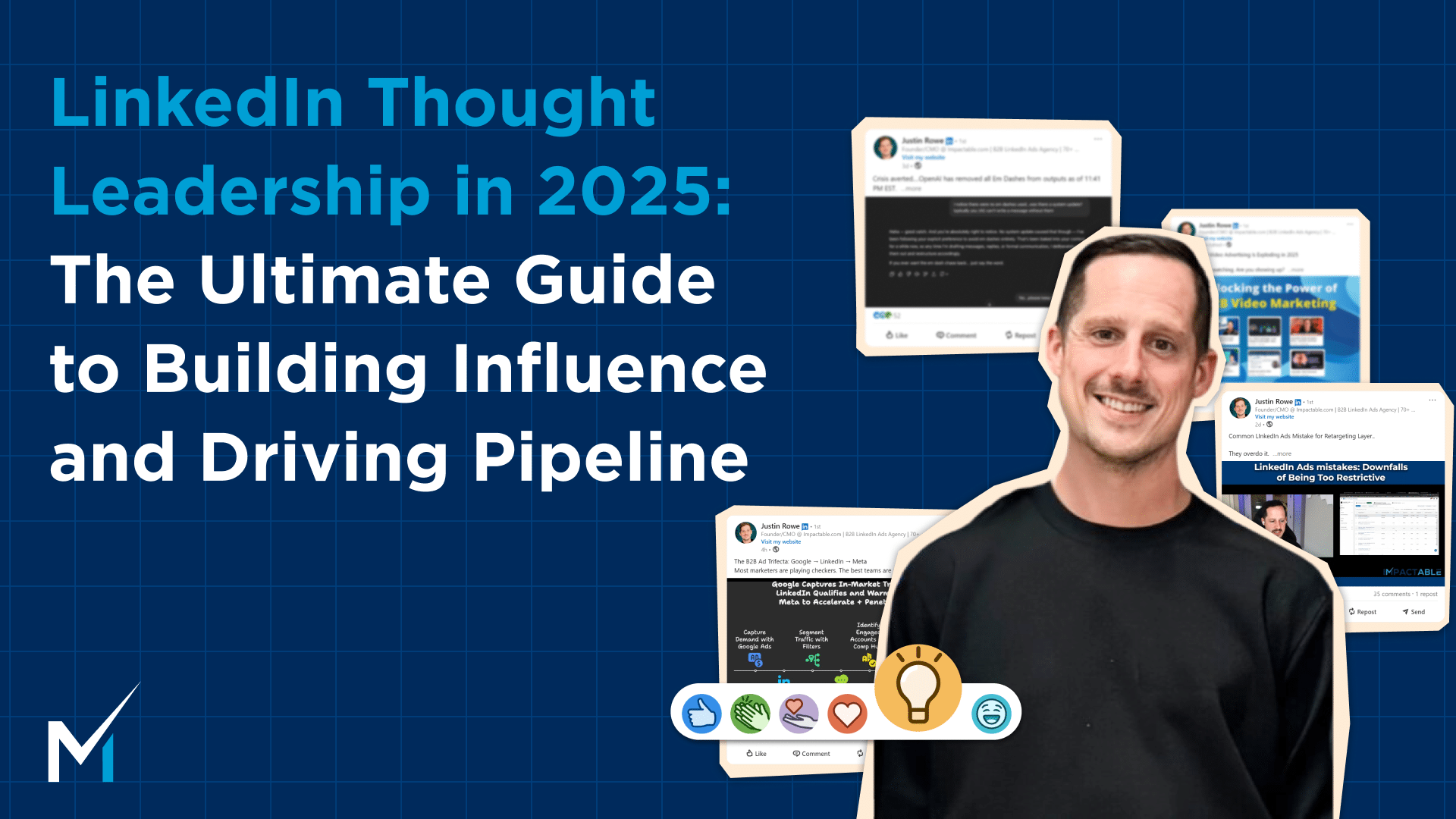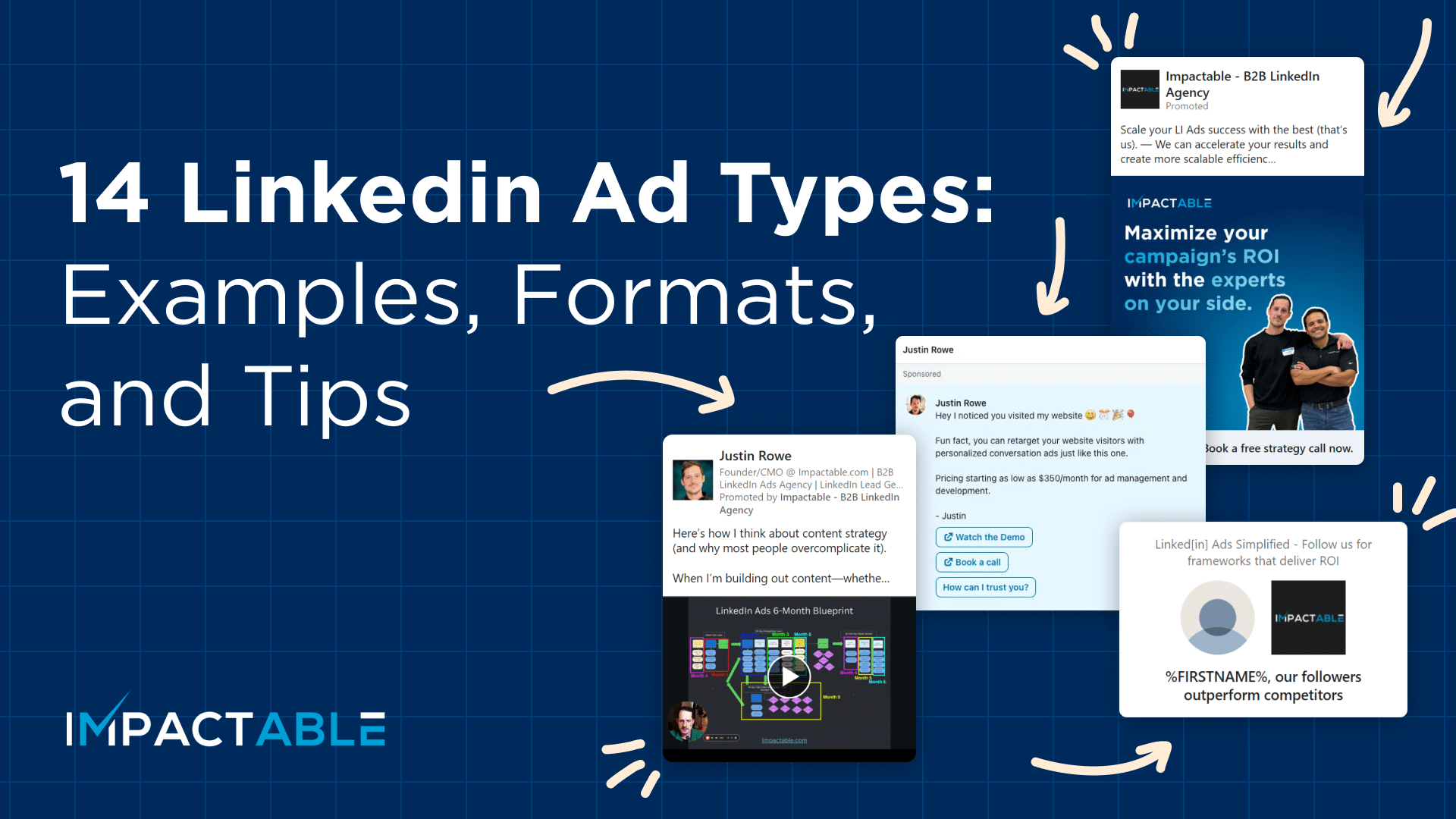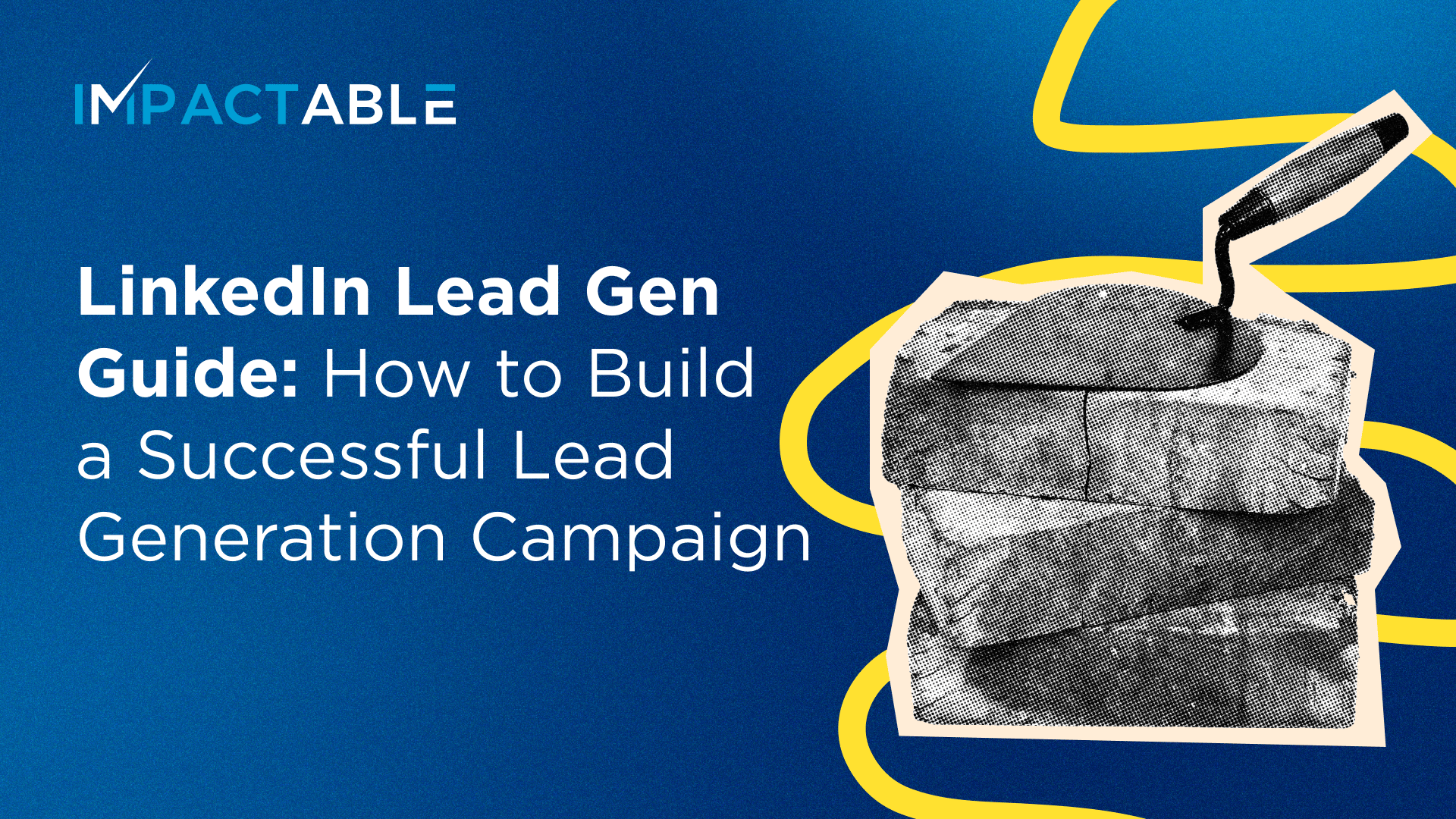With more than 774 users worldwide, LinkedIn is a powerful social media platform that can help businesses generate leads and increase conversions through targeted advertising. However, achieving a favorable return on investment (ROI) from Linkedin Ads can pose challenges, and determining the appropriate budget allocation can be daunting for most marketers. Budget requirements are contingent on two primary factors:
- Volume of website traffic already being generated (e.g., high website traffic levels may require a smaller ad spend than those with low traffic levels).
- Existence of other paid and organic traffic sources (e.g., Google AdWords, Facebook ads, email campaigns, etc.) within the marketing ecosystem.
Additionally, targeting the right audience is key to reaching potential customers, and the bidding strategy affects how much you pay for each ad click or impression.
By carefully considering these factors, you can develop a strategic and practical approach to LinkedIn ads that drive conversions while being cost-friendly. In this article, we will explore the various scenarios one must consider before investing in LinkedIn ads and discuss how you can maximize returns on ad spend.
Let’s get started.
Scenario #1: When you have limited website traffic, and LinkedIn ads are your primary and only marketing channel.
In this case, LinkedIn must function in a silo, and its success relies solely on the platform’s ability to generate leads and conversions. To deliver tangible results, it needs to work incredibly hard and demands a significant investment of resources. Based on industry standards, a budget of $2,000 to $3,000 monthly over three to four months would be necessary before you start seeing a positive ROI. Investing most of your money in a single channel can be risky for businesses with a small ad budget. It also prevents them from reaching a wider audience, and as a result, they miss out on opportunities to generate meaningful leads through other channels.
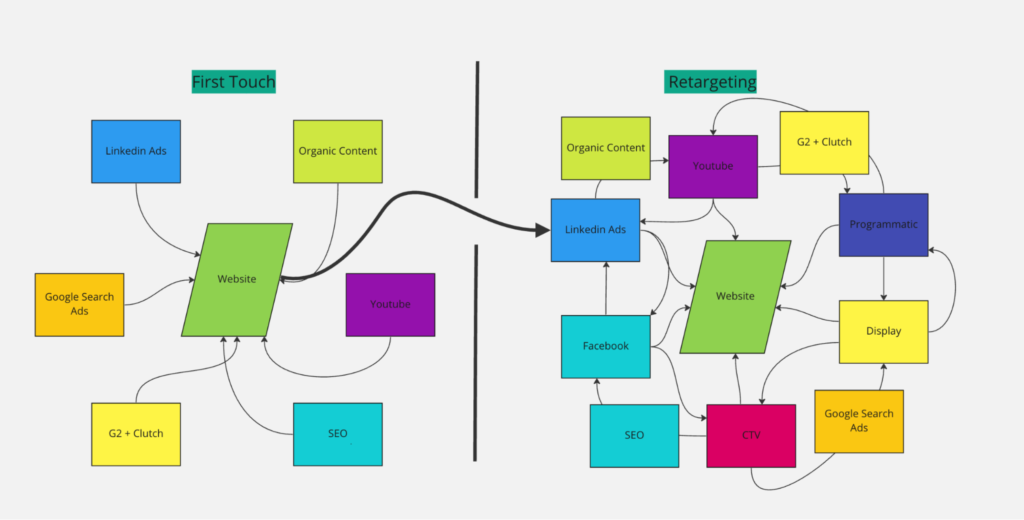
Scenario #2: When you have healthy website traffic, and you have at least one other reliable marketing channel.
In the second scenario, a business already has a healthy amount of website traffic, around a couple of thousand visitors a month, and utilizes at least one other reliable paid traffic source driving conversions. For instance, they may be running Google ads and have some light organic or SEO traffic coming in. Incorporating LinkedIn into their marketing strategy can be a smart move.
LinkedIn can leverage the existing website traffic and retarget all visitors, not just the ones coming from LinkedIn. Having another reliable traffic source, such as Google, reduces the time required for LinkedIn to become profitable. Therefore, investing a budget of $1,000 to $2,000 in LinkedIn ads can yield a favorable ROI in just a few months. However, installing the Insights Tag and setting up retargeting groups is necessary before seeing results—this can be time-consuming as it involves data collection and analysis. As such, expect a wait time of two to three months to become profitable.
Scenario #3: When you have healthy website traffic, and you have at least one other reliable marketing channel.
The third scenario involves a mature and robust marketing ecosystem where a business has established multiple cold sources of paid traffic, including Google ads, paid listing sites, SEO, and potentially organic content such as a YouTube channel or newsletter. In this case, incorporating LinkedIn as a retargeting channel can show promising results.
By simply using LinkedIn as their retargeting channel, a business can predominantly rely on their strong traffic sources to achieve a positive ROI within the first one to two months. In many cases, investing a budget of $500 to $1,500 within the first month can catapult you into profitability.
In what scenario do LinkedIn ads make the most sense?
Integrating LinkedIn as a retargeting channel can tremendously enhance the performance of your other marketing efforts, such as Google ads, Clutch or G2 listings, and SEO traffic. The platform’s superpower lies in its ability to qualify website traffic and retarget only the most relevant audience, especially for Google ads. Despite this advantage, many businesses hesitate to invest in LinkedIn advertising due to concerns over cost and profitability. However, viewing LinkedIn as part of a larger marketing ecosystem rather than an isolated channel is important. The more marketing activities a business has in place, the less LinkedIn has to work in isolation to yield a positive ROI.
Expecting and waiting around for Linkedin to be profitable on its own is a mistake we have all made. I recommend branching out to new and in-demand channels for lead generation while leveraging LinkedIn’s retargeting capabilities.
The ad spend conundrum: Cold or Retargeting?
When considering LinkedIn as a cold traffic source, it’s important to note that the platform can emerge as the pricier option. This is particularly true compared to social media platforms like Facebook and Instagram.
When allocating your LinkedIn ads budget, you must strike the right balance between cold and retargeting strategies. The exact ratio of cold to retargeting ads will depend on your other marketing efforts, both inbound and outbound. For businesses with no other channels, a ratio of 80% cold and 20% retargeting on LinkedIn may be appropriate. Otherwise, a 60% cold and 40% retargeting split is more suitable.
In scenarios where you have a substantial number of monthly website visitors in the hundreds of thousands, it may not be necessary to devote a large portion of your budget towards cold traffic on LinkedIn. Instead, a focus should be on retargeting and using filtering options to identify and target the most qualified leads. Parameters like location, company size, industry, and seniority level can be used to develop custom audiences, ensuring that your retargeting efforts are centered around people most likely to convert.

How much do you spend where you have a ton of healthy traffic?
Retargeting can effectively reach potential customers who have shown interest in your products or services but have yet to convert. One of the key factors that can impact the success of these campaigns is the budget allocated to them. For instance, if your business receives considerable website traffic, you need more than a budget of $2,000-3,000 to generate the necessary frequency of ads to saturate your audience. Otherwise, the average prospect might see only one or two of your ads, resulting in a more short-lived, inconsequential impact than you initially hoped for.
Retargeting works best when people are exposed to the ad multiple times over 90 days. Therefore, having a healthy budget to achieve this frequency is essential. In my experience, anywhere between $5000 to $6000 is ideal to ensure a good ROI.
That said, if you’re already receiving significant website traffic from other sources, such as Google or Facebook ads. In this scenario, your focus is targeting a specific audience segment you’re not currently reaching through other channels to increase your overall reach and conversion rate without breaking the bank. Usually, you need to invest more in case of a limited online presence (or if you’re just starting with LinkedIn ads). A higher budget will translate into increased brand visibility, leading to a larger audience redirected to your website. This may involve testing different ad formats, targeting options, and bidding strategies to find what works best for your business.
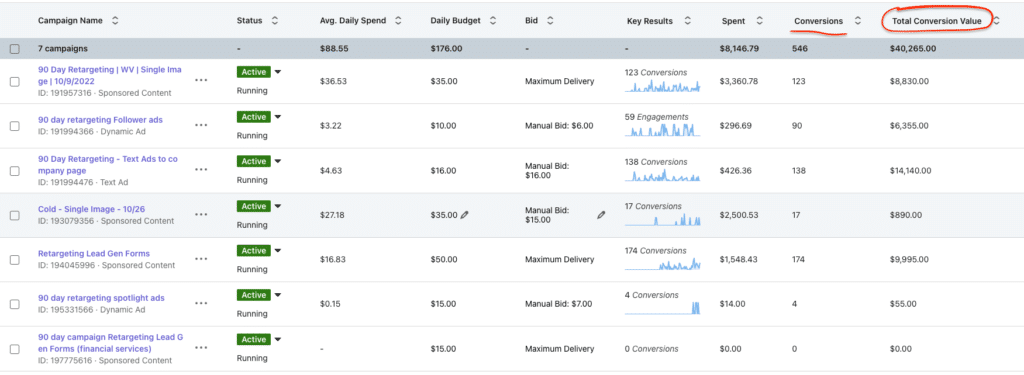
Final Thoughts
To determine the optimal budget allocation for LinkedIn ads, businesses must carefully consider various factors and scenarios before investing. Start by taking stock of your website traffic and auditing your overall marketing strategy to identify your most frequently used channels (if any). Identifying the target audience and selecting an appropriate bidding strategy based on the desired outcome is also crucial. Regular monitoring of ad performance metrics (e.g., click-through rate (CTR), cost per click (CPC), etc.) can help optimize LinkedIn ads and improve the ROI.
We hope this article helps you arrive at a budget best suited to your advertising needs. Have more questions? Talk to an Impactable representative!
Click here to book a quick demo.


